By participating in one of our regional campaigns you can help researchers answer key questions, get info-rich emails with localized results, and an end of season summary. Use the maps to determine which campaigns are appropriate for your location, and then learn the details on the campaign pages linked from the table below.
If you opt to participate in one of the campaigns, be sure to sign up to receive the campaign-specific email messages! These messages, arriving approximately every four to six weeks, will provide project updates and early results, helpful tips, and campaign-specific opportunities. Look for the sign up links on the campaign pages.
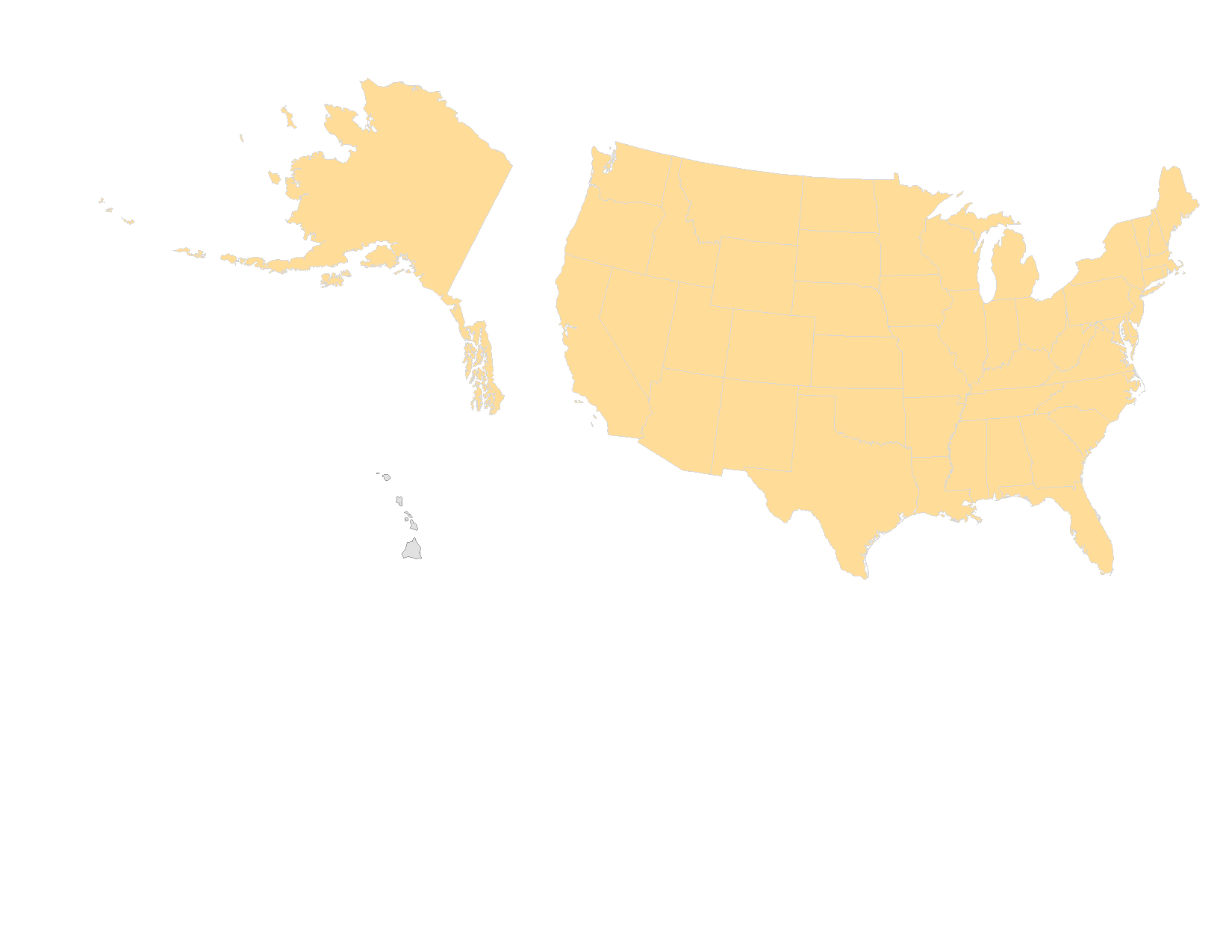
Pollen Trackers
Pollen Trackers is now national! The previously Texas-based campaign now include all states and focuses on tracking open flowers and pollen release in a number of allergenic species including birches, junipers, oaks, and more.
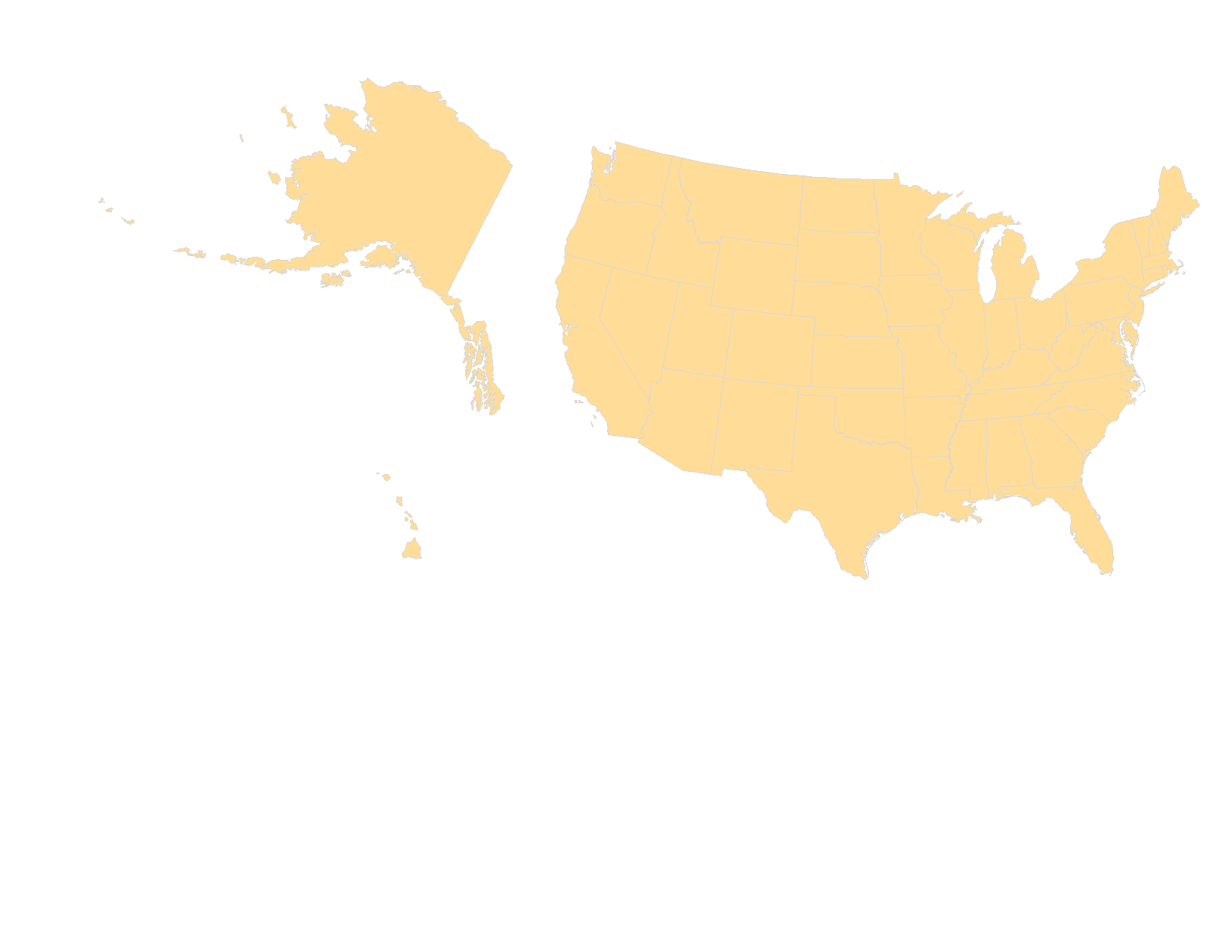
Nectar Connectors
Monarchs, one of our most iconic butterflies, rely on a wide variety of nectar sources spread over a large part of the United States. Changes to these food sources, through habitat loss, pesticide use, and/or climate change, can be costly to monarch populations, as well as to the many other pollinators that rely on these same species for their dietary needs. Help us better understand the phenology of important nectar sources for monarchs and other pollinators.
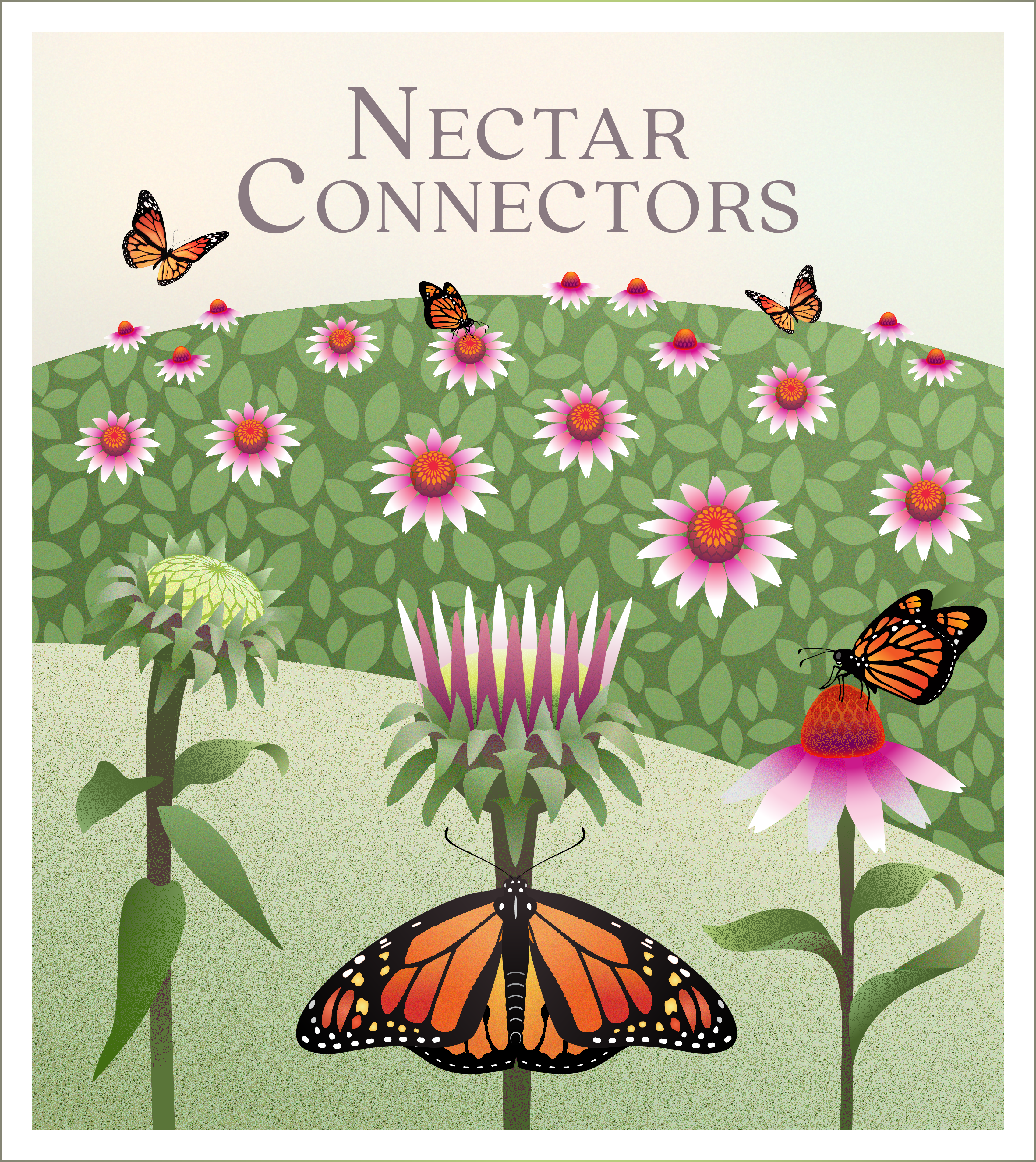
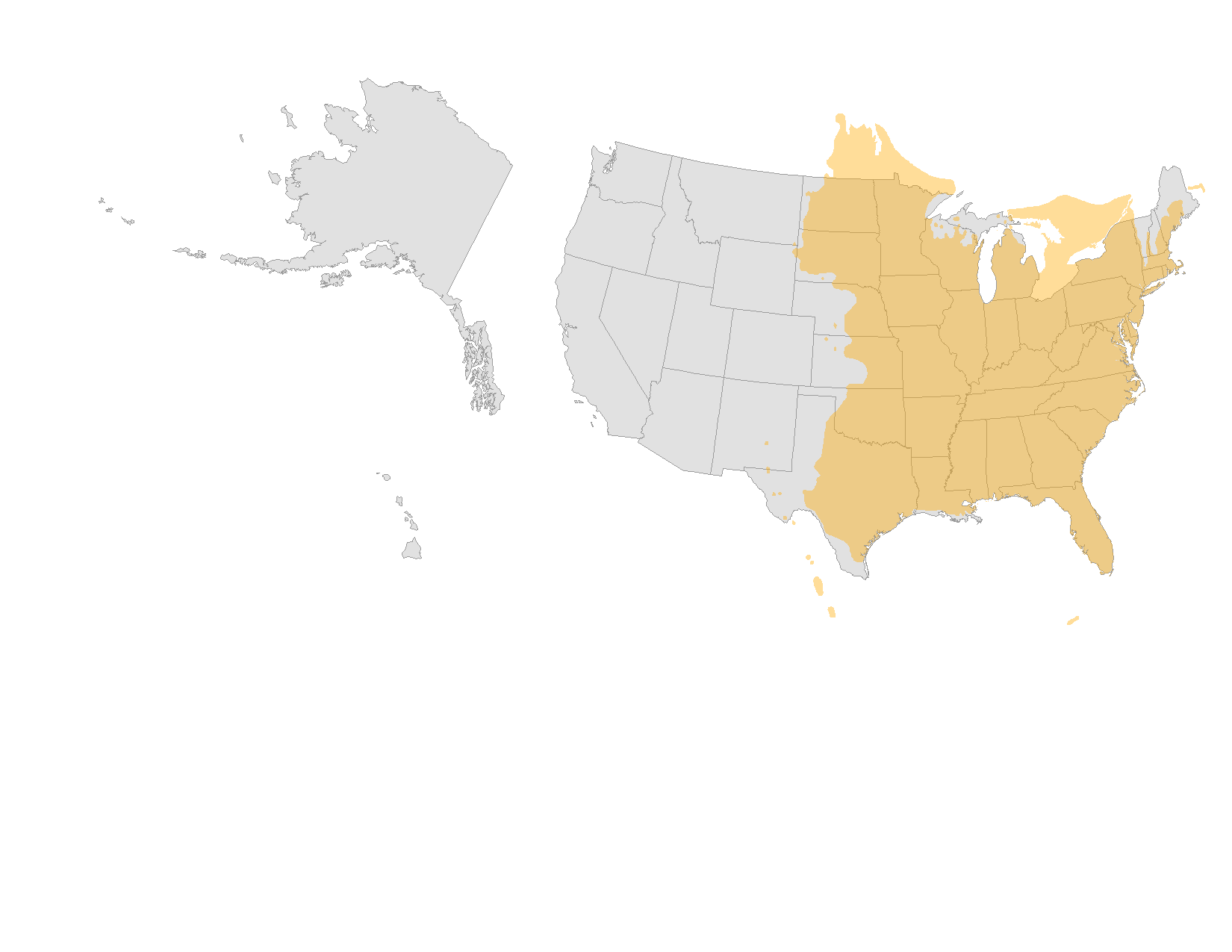
Quercus Quest
Quercus Quest seeks to better understand the complexities of oaks through phenology. Join us in tracking leafing and flowering of oaks across the eastern US.
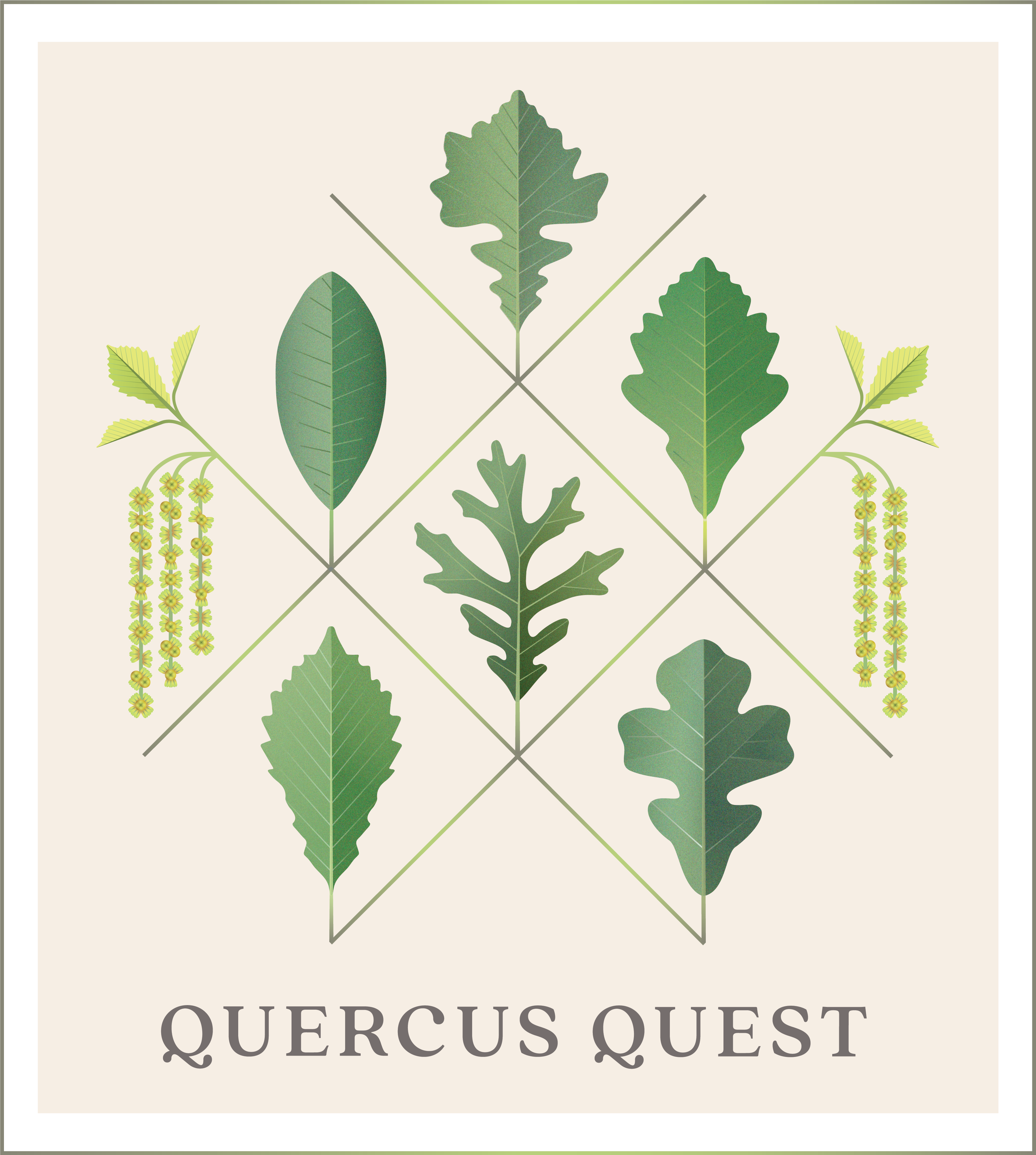
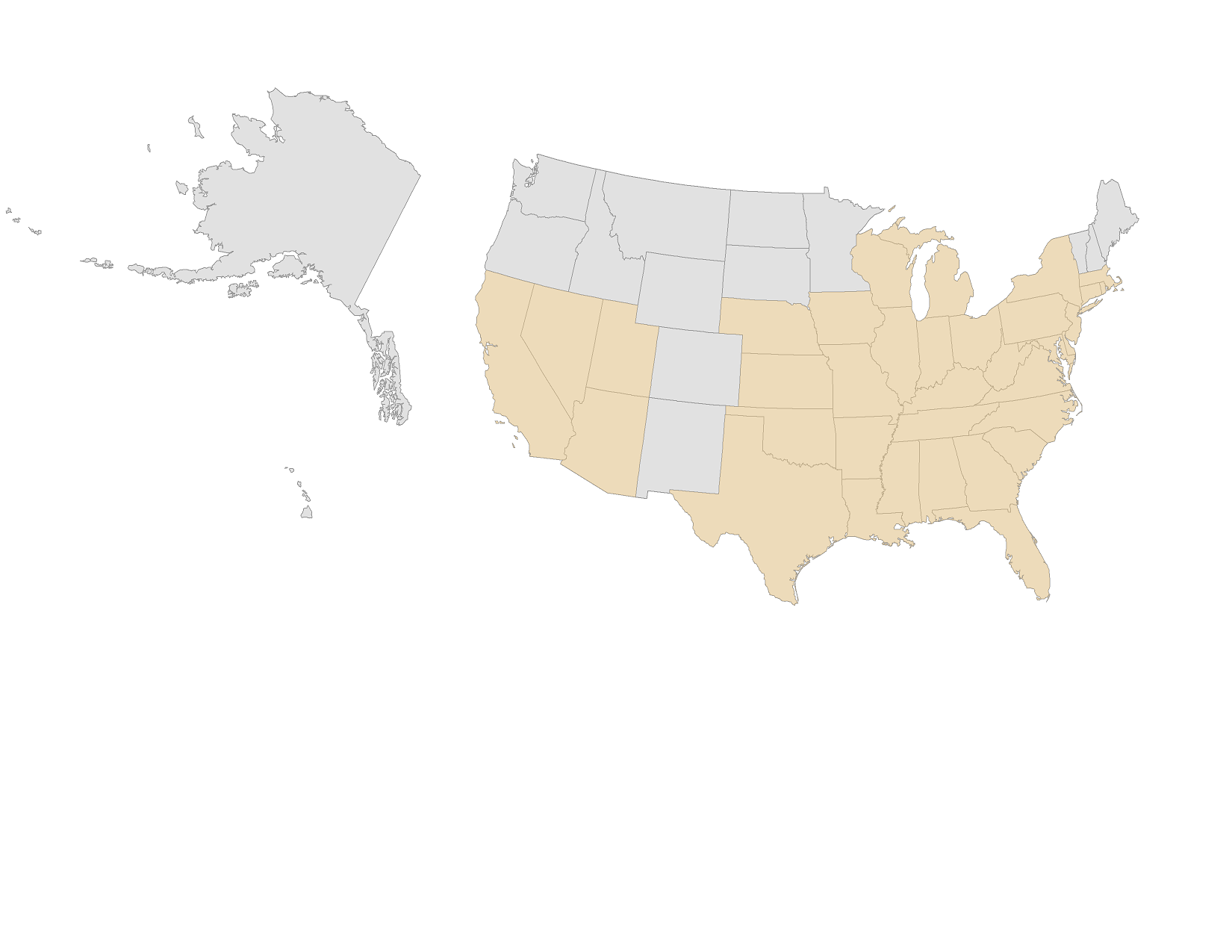
The Redbud Phenology Project
The eastern redbud is an icon of early spring, but little is known about its phenology. This campaign seeks to learn about when eastern and western redbuds flower and fruit across their range and whether the timing has advanced in recent years.
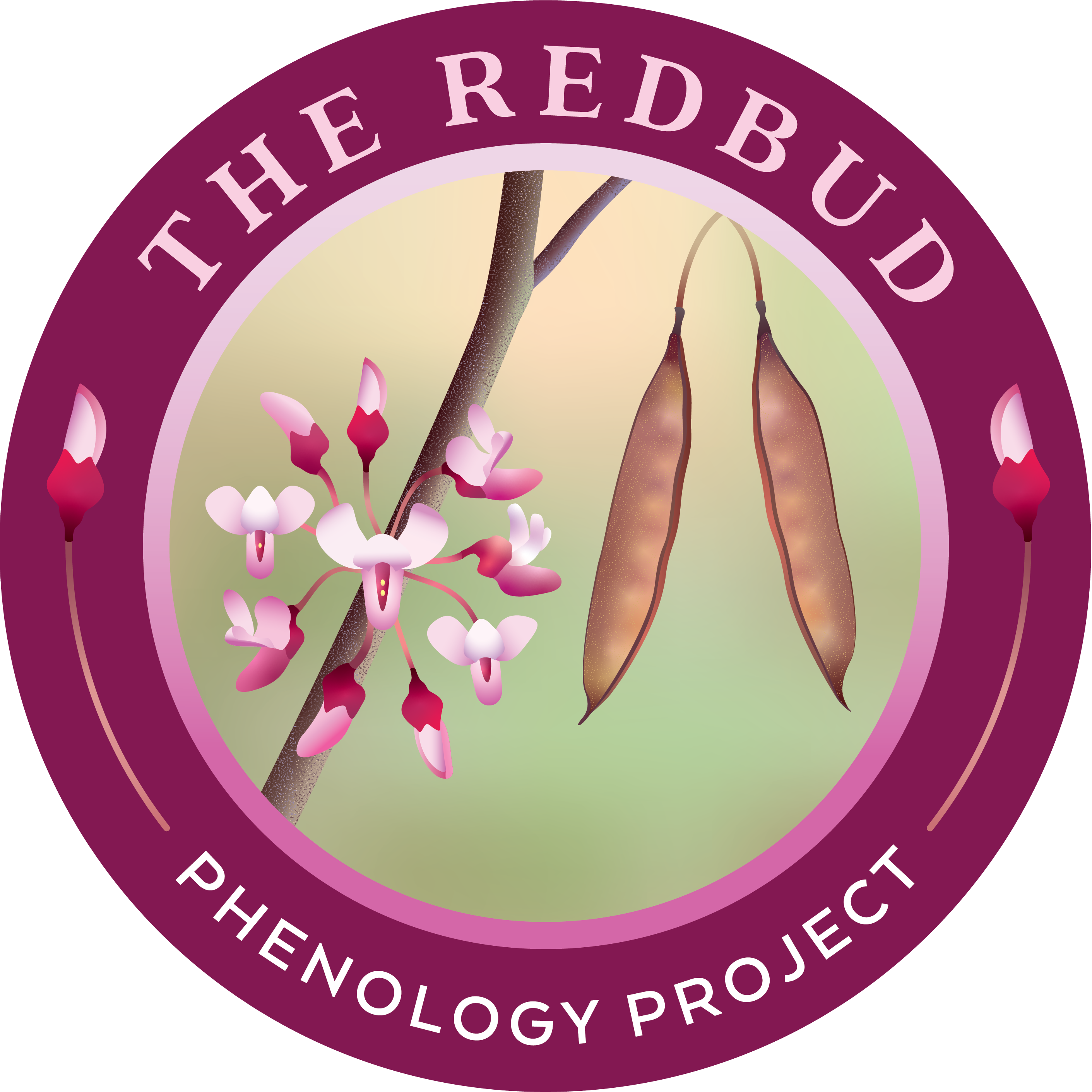
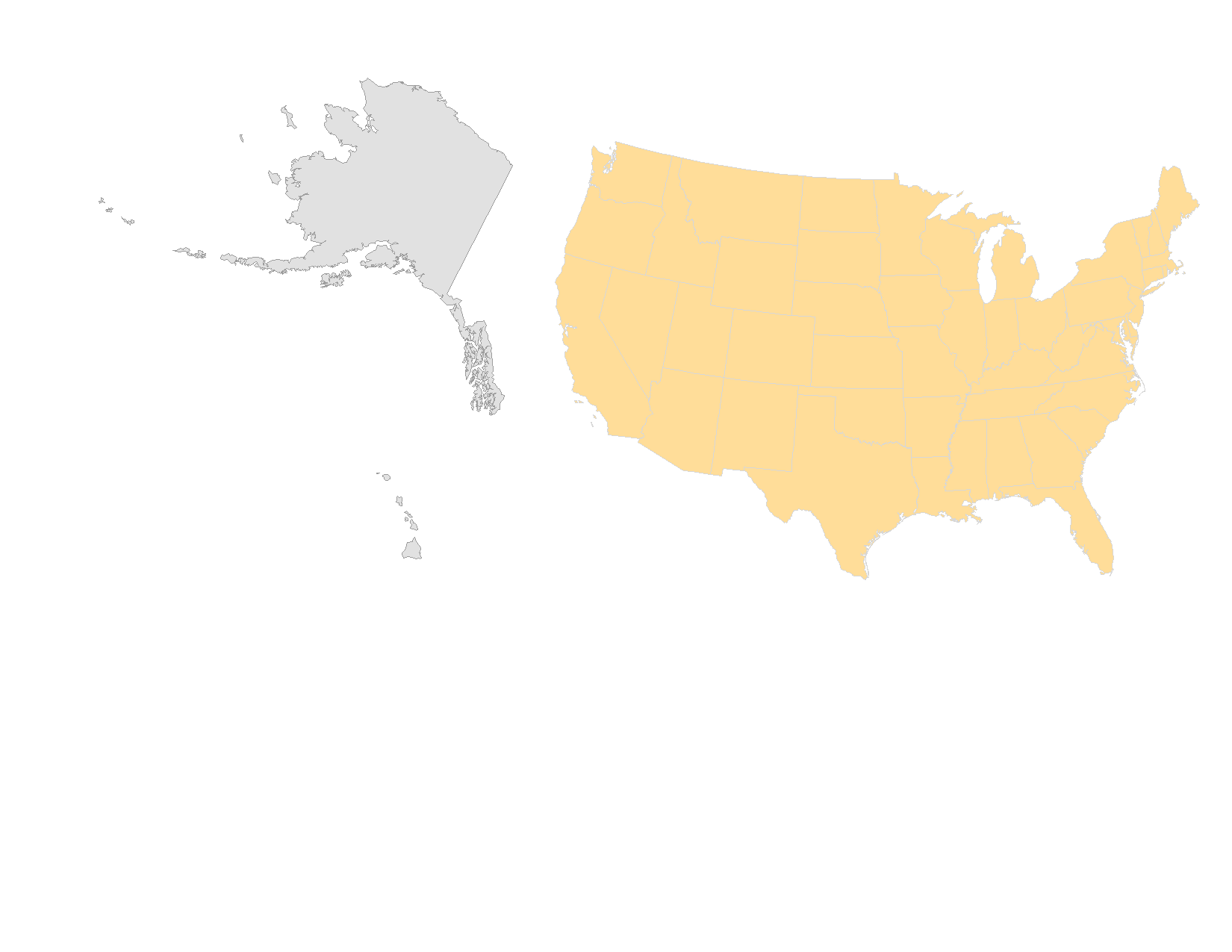
Pest Patrol
You can help improve the USA-NPN's Pheno Forecasts that predict activity of harmful pest species! Pest Patrol includes 13 species of pests that damage forest and agricultural trees. By signing up for the campaign, you will receive notifications that tell you when to look for life cycle stages such as active caterpillars and active adults in your area.
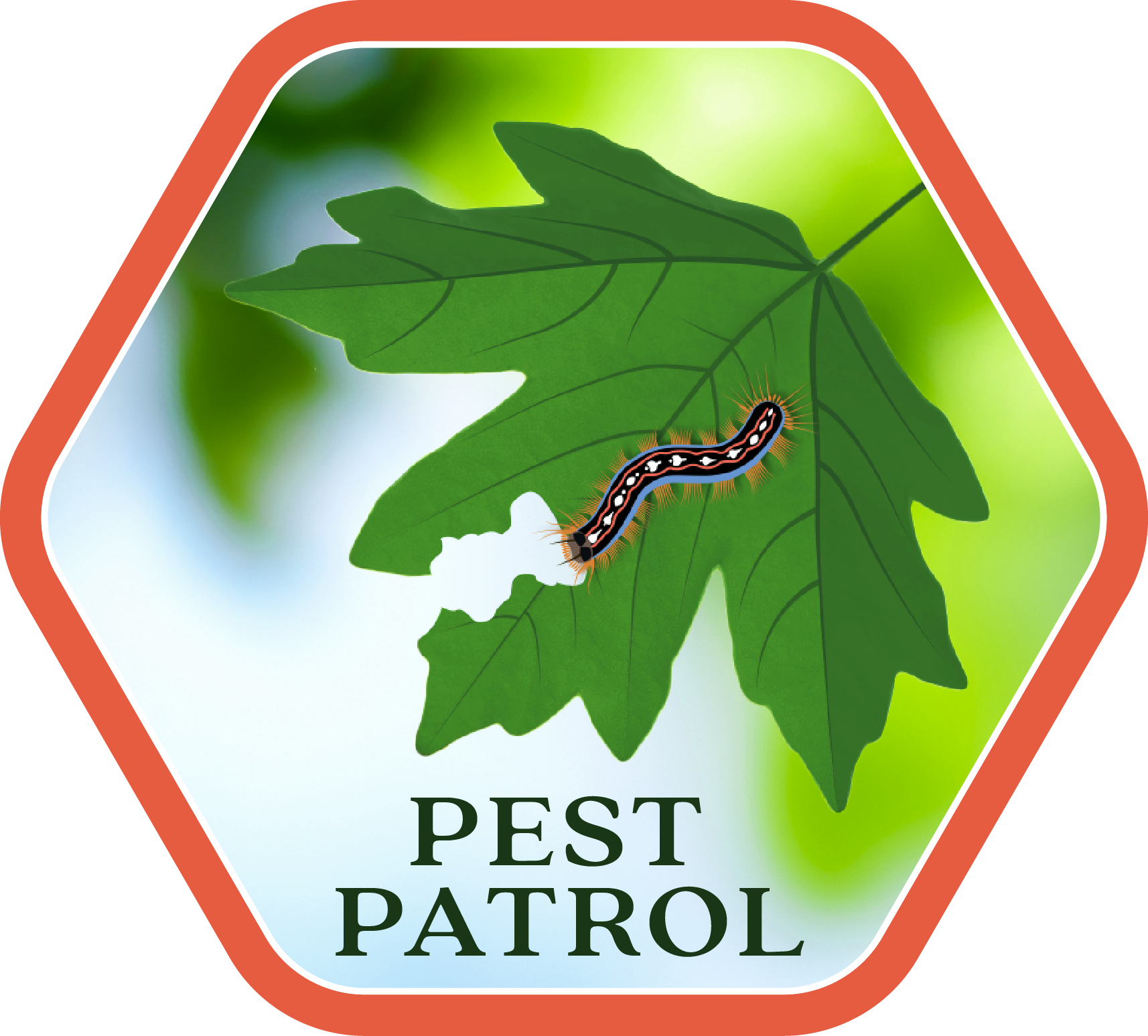

Green Wave
Join us in tracking the Green Wave -- the flush of green that accompanies leaf-out -- in maples, oaks, and poplars over the course of the spring season, as well as the spread of seasonal color across the country in the autumn.
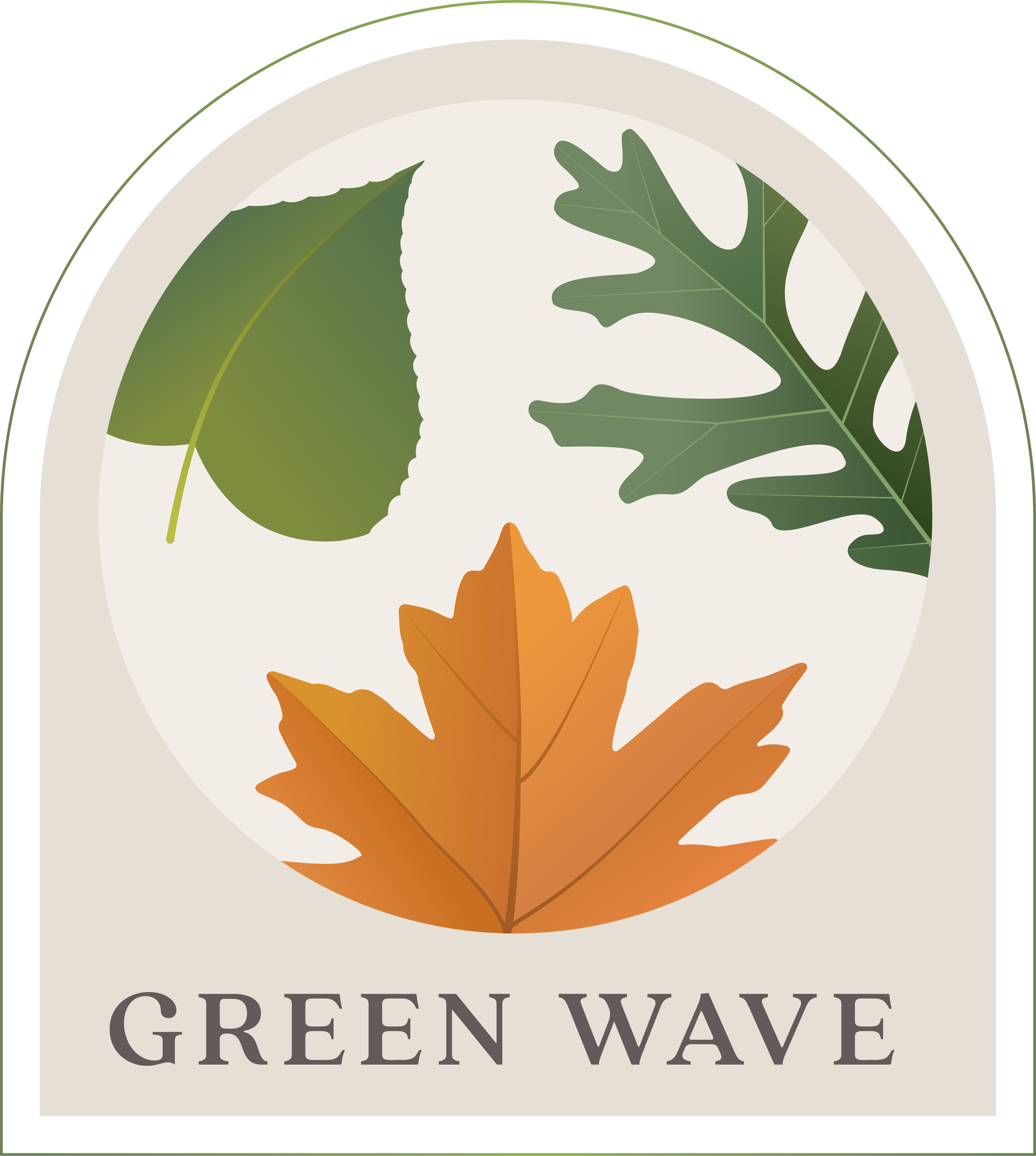
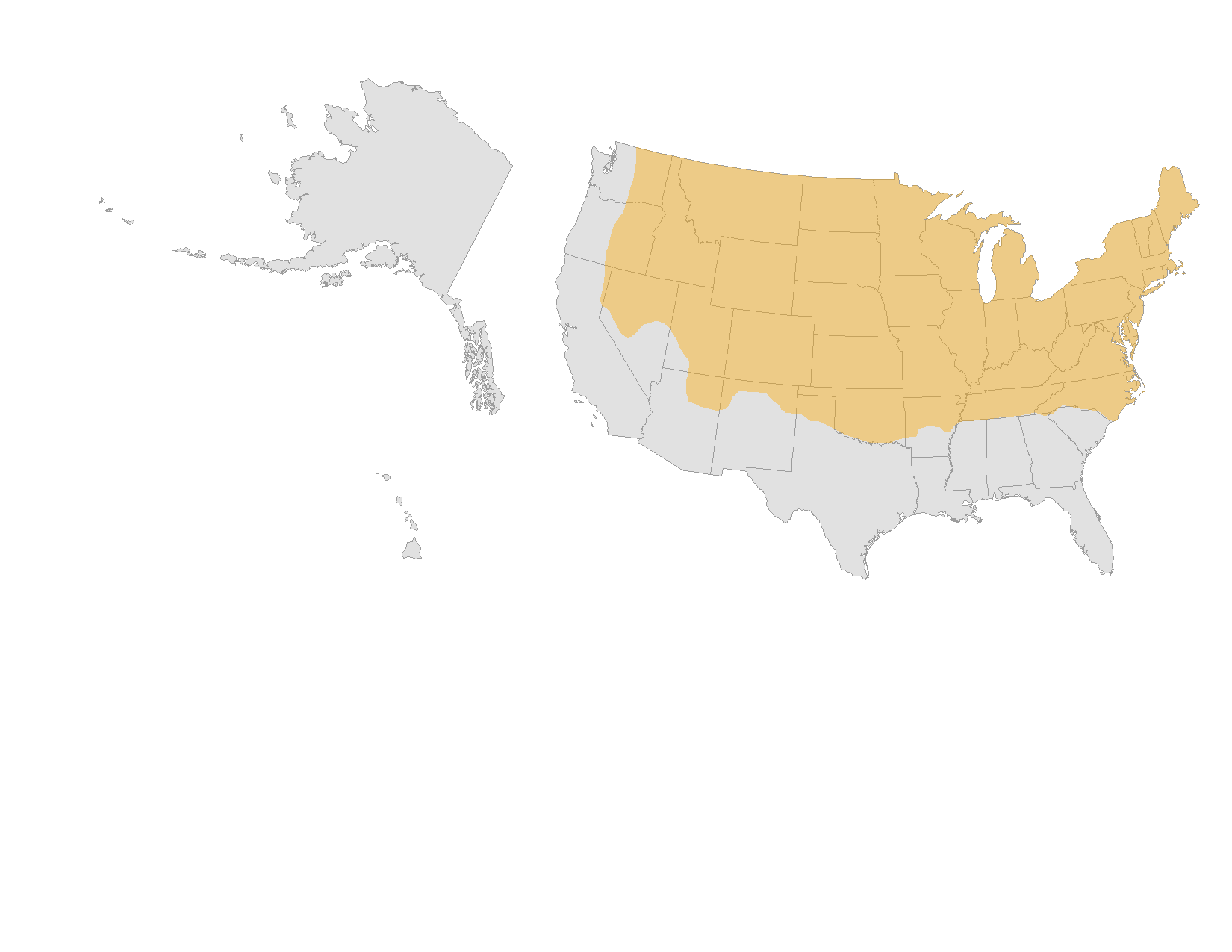
Cloned and Common Lilacs
Your observations of lilac life cycle events can enhance the decades of lilac phenology records that have been collected across the U.S. Plant and observe a cloned lilac or report observations of a common lilac already established in your yard.
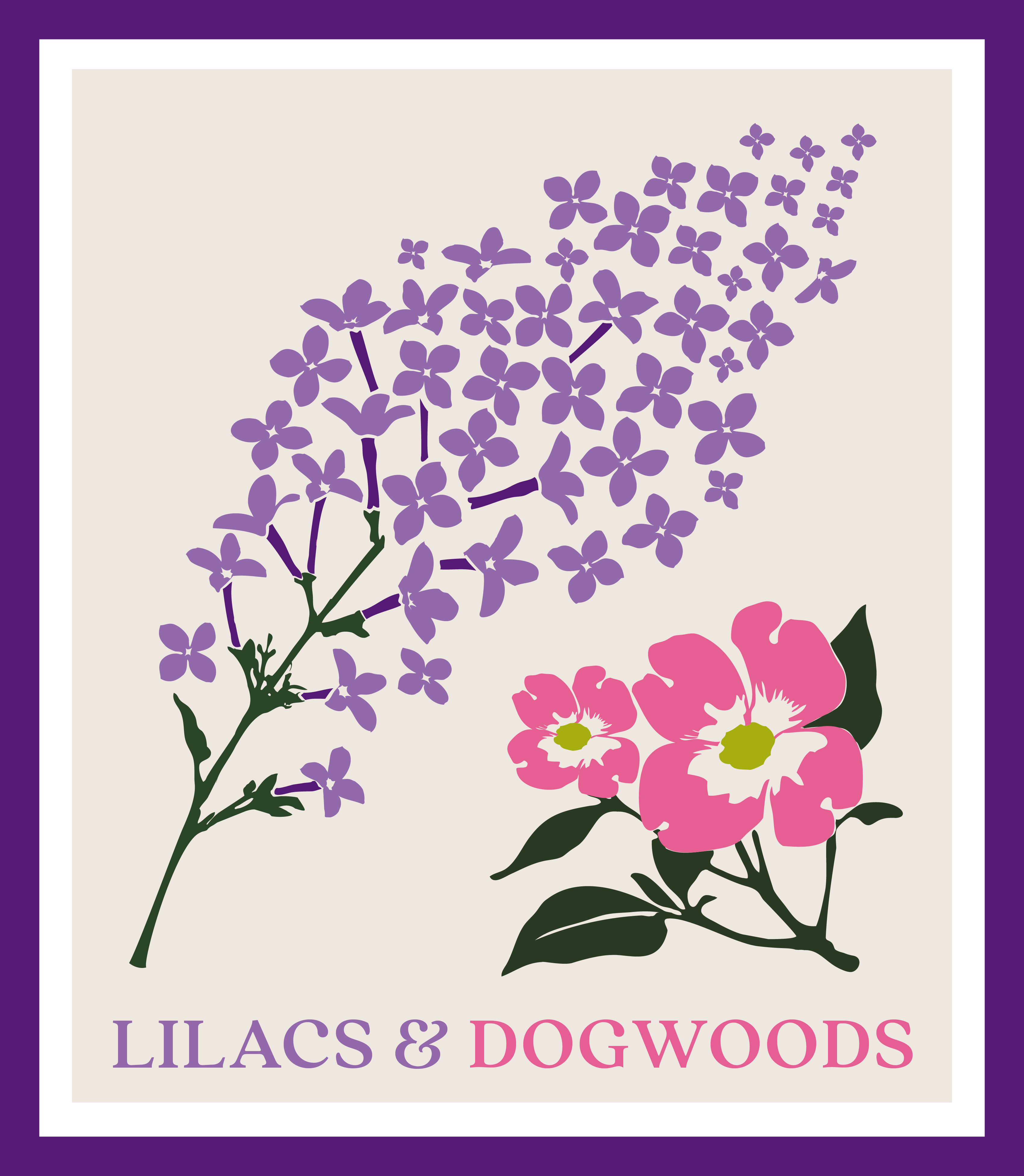
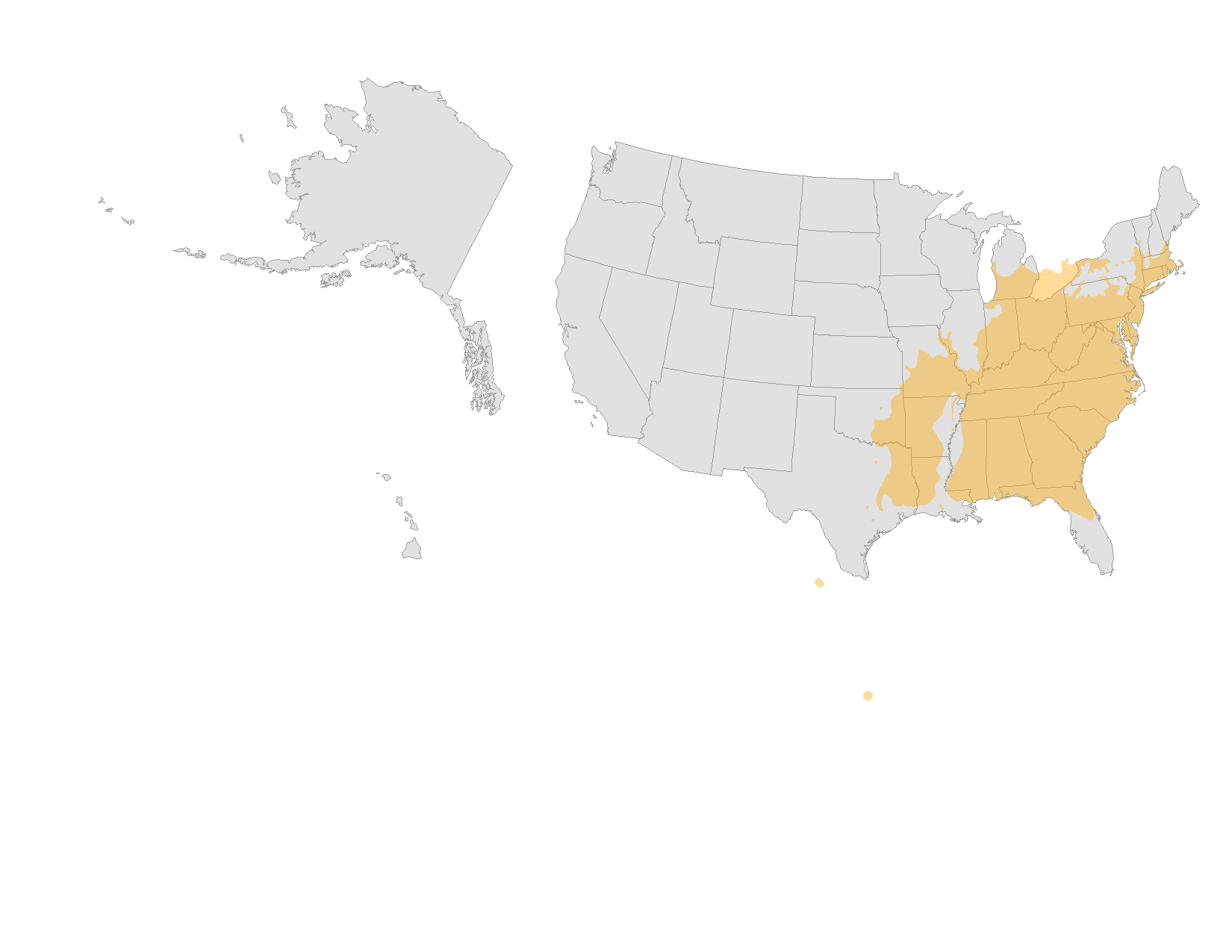
Cloned and Flowering Dogwoods
Observations of cloned and native flowering dogwood enhance the Cloned and Common Lilac Campaign by filling in geographical gaps in data, especially in the southeastern U.S.

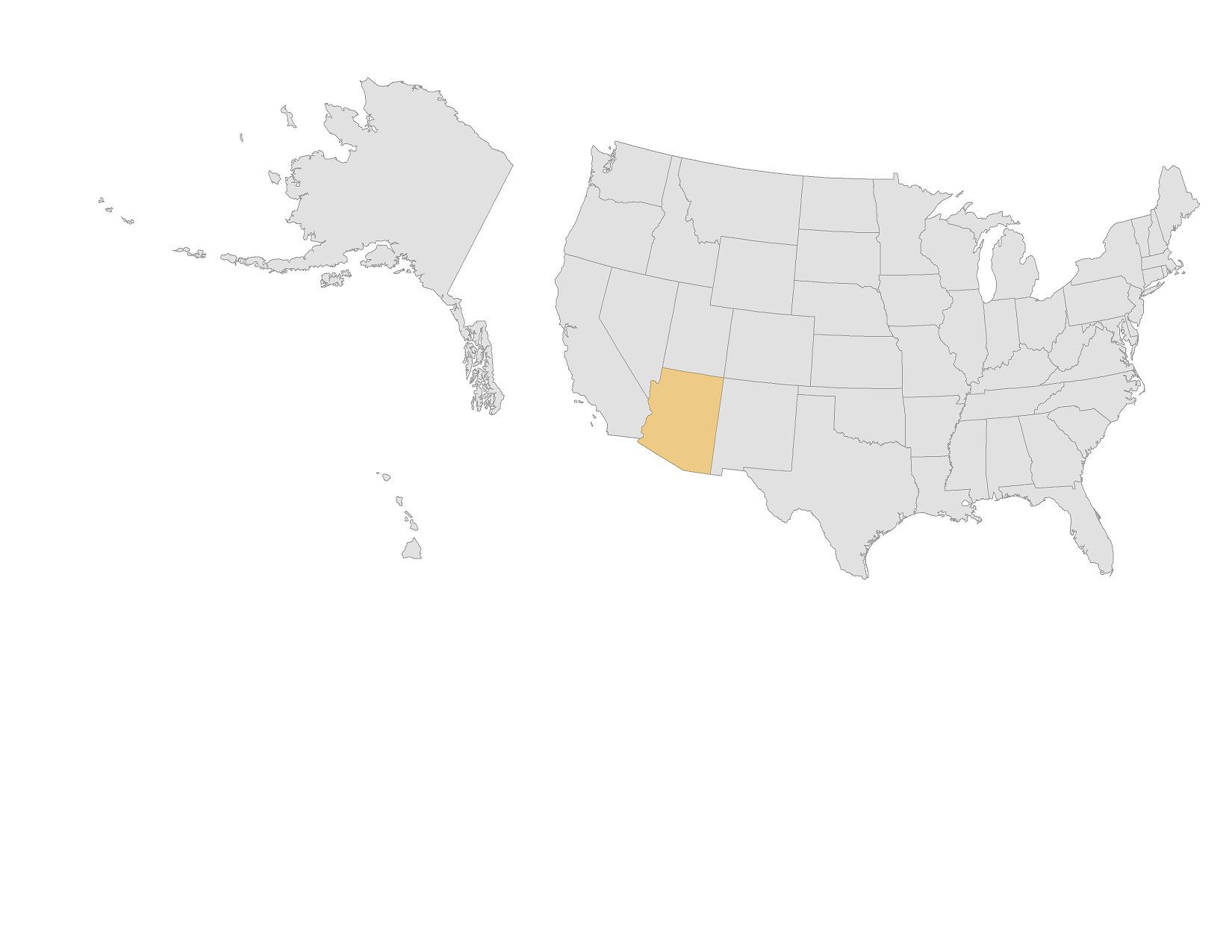
Desert Refuge
Monarchs overwinter in Arizona, but much is unknown about their winter breeding behavior and use of milkweed. Desert Refuge: Monarchs and Milkweeds in Arizona seeks to collect information about the timing of monarch and milkweed seasonal activity across the state.
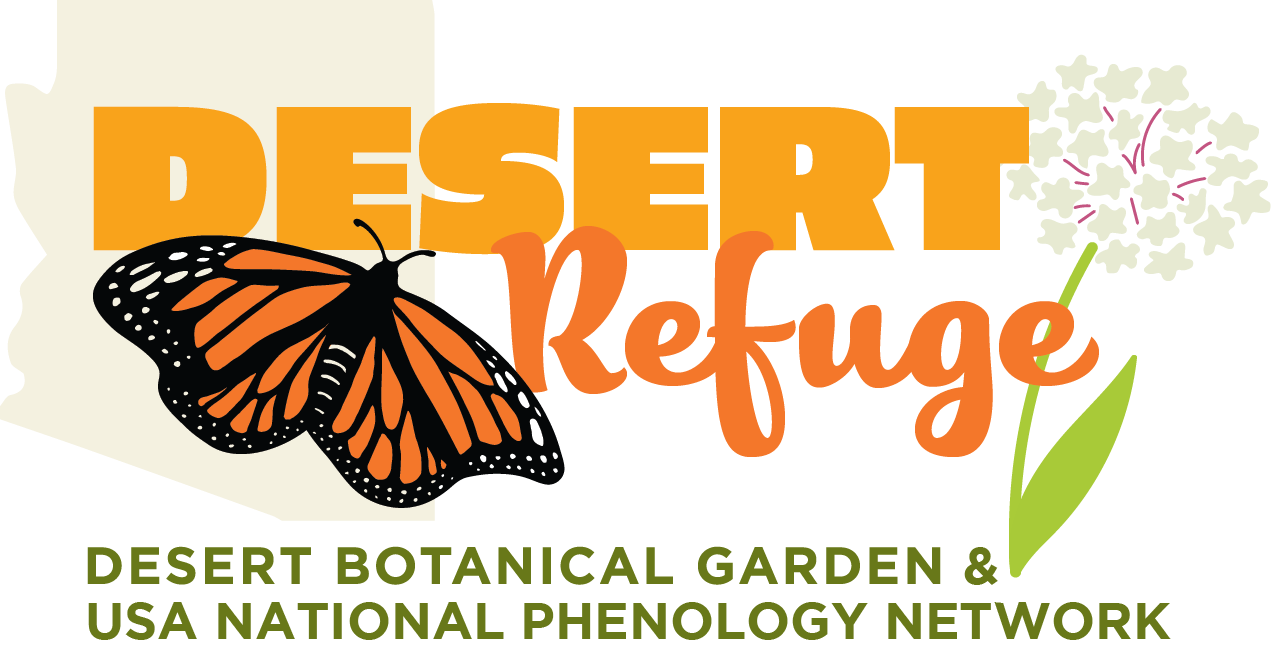
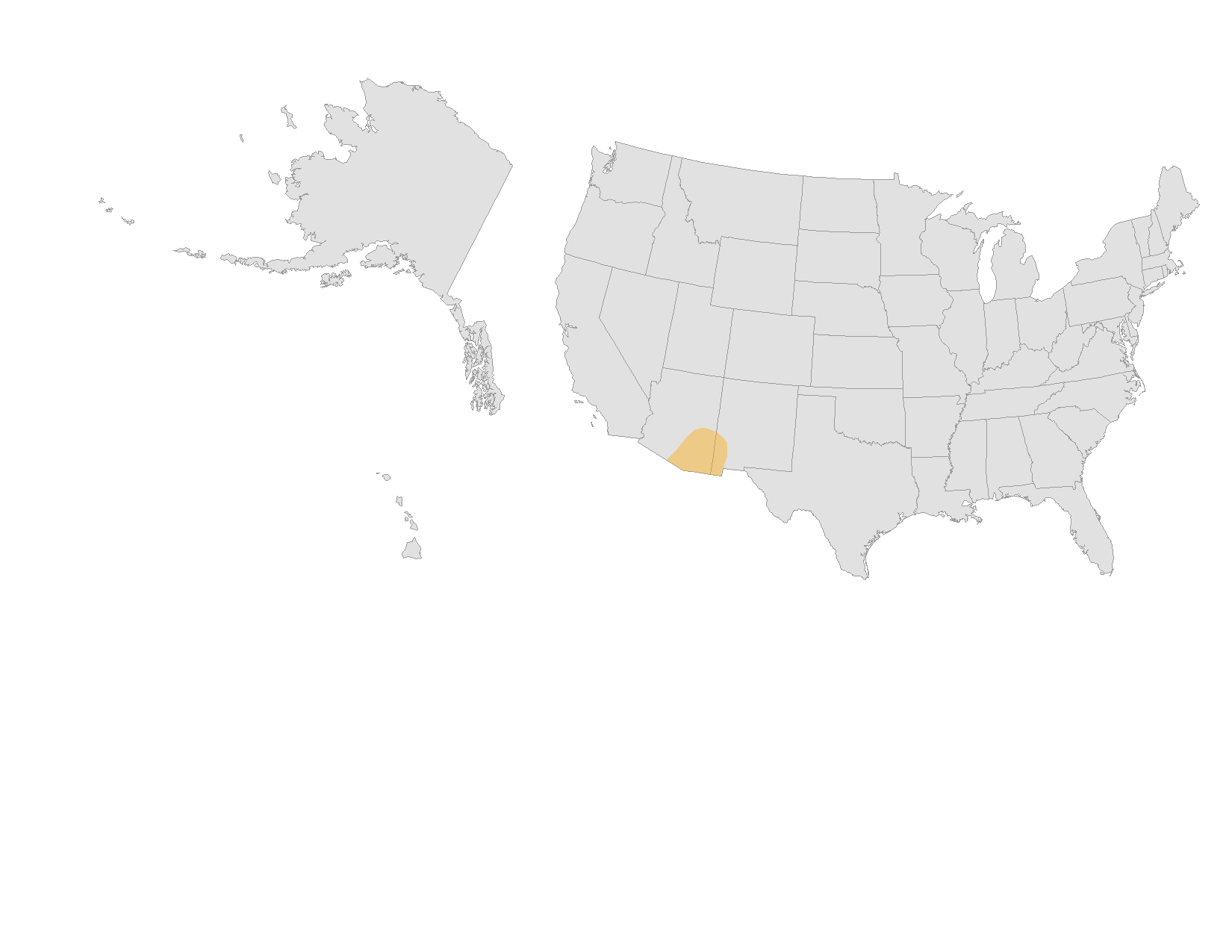
Flowers for Bats
If you live in Southeastern Arizona, you can help the US Fish & Wildlife Service document flowering of agave and saguaro cactus during the spring and summer flowering periods. This information will be used by the FWS to conserve and promote habitat for lesser long-nosed bats.
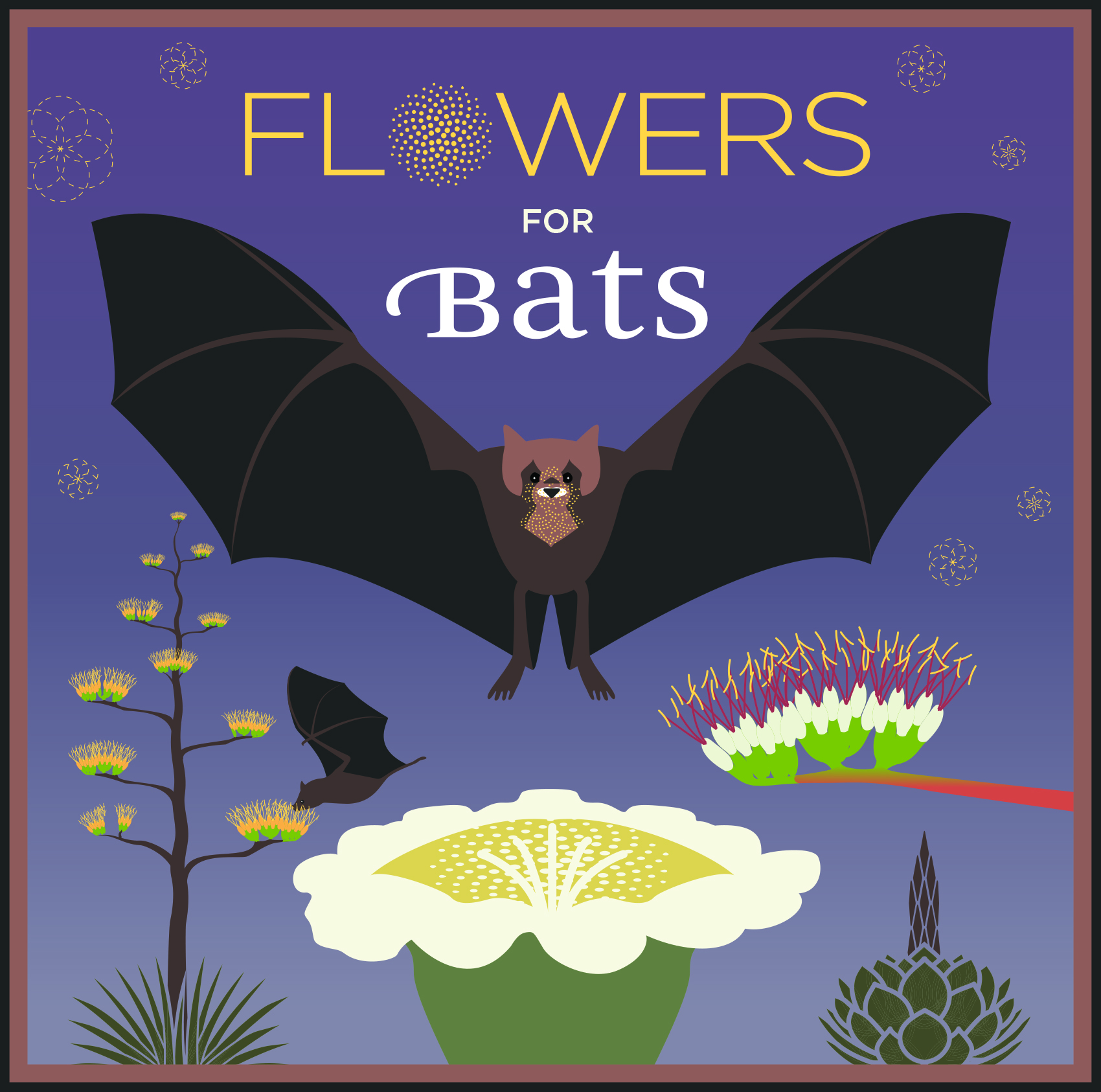
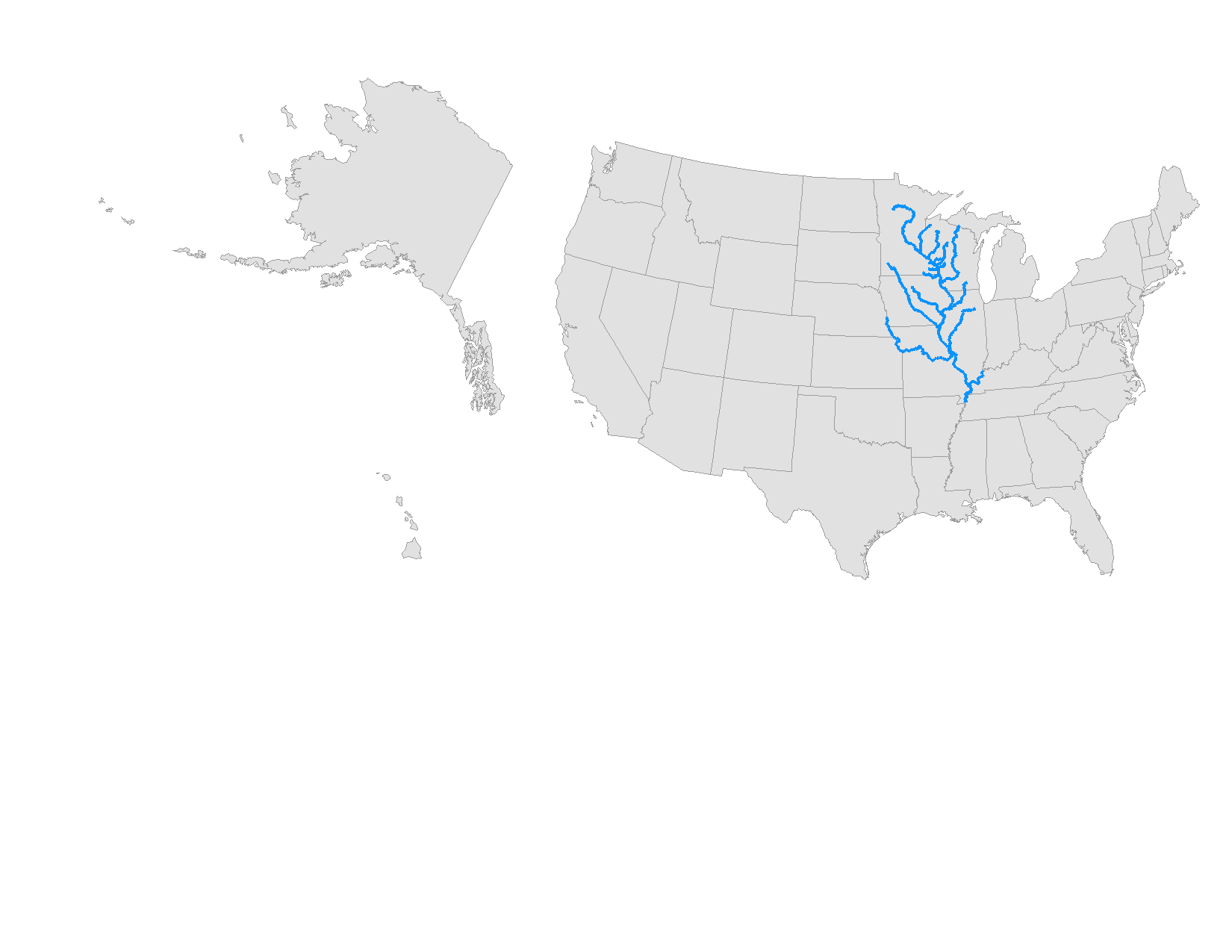
Mayfly Watch
Mayflies are an important food source for a variety of animals and a good indicator of water quality. Help the US Fish & Wildlife Service track the emergence of mayflies along the Upper Mississippi River and its tributaries this summer!
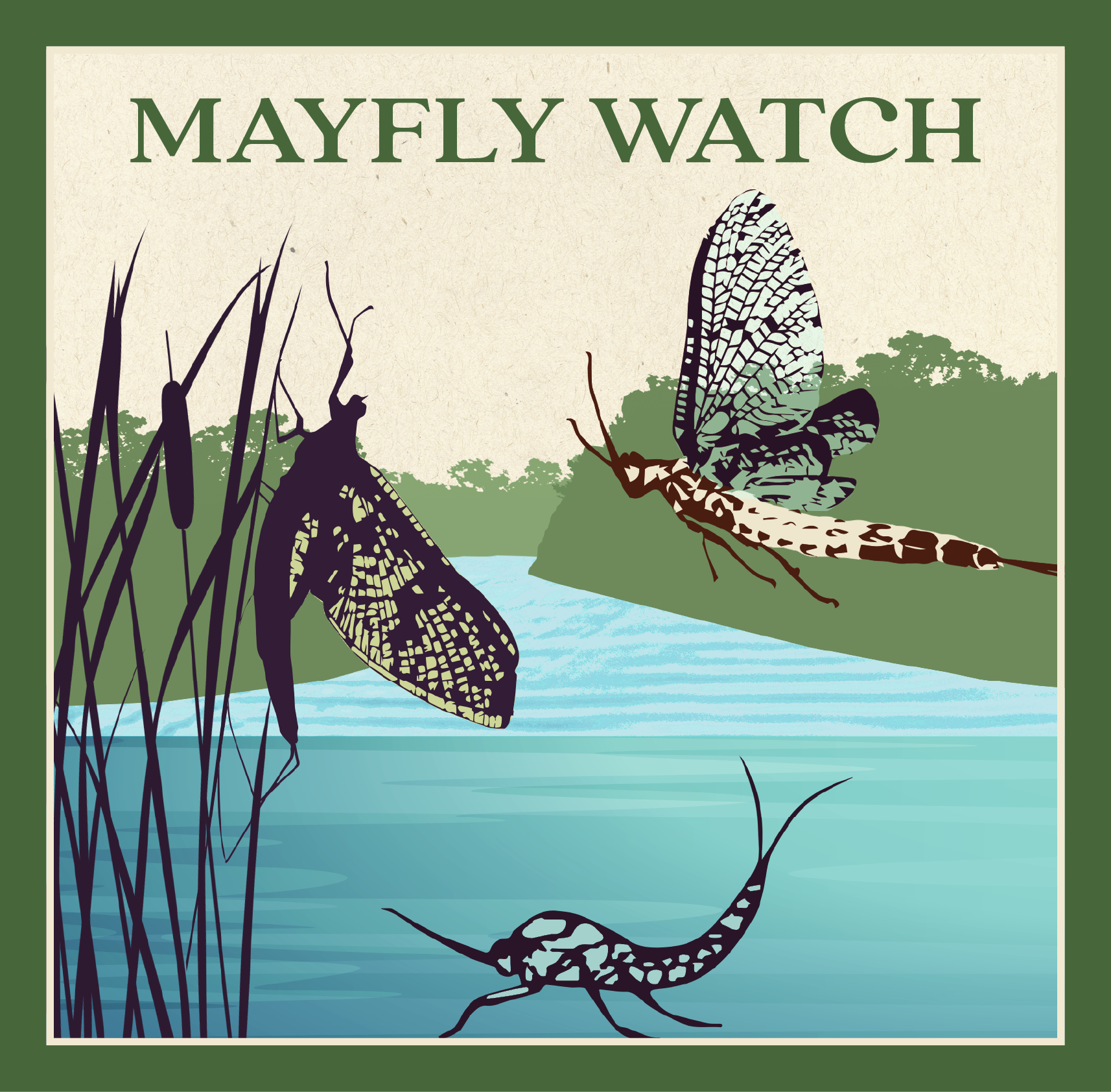
Completed Campaigns
Pesky Plant Trackers
Observations of non-native wild parsnip, Japanese knotweed, and bohemian knotweed can help managers to correctly time management activities aimed at controlling these species. This campaign engaged observers in collecting data on leafing, flowering, and fruiting of these invasive plants in the Midwest and Northeast from 2020-2022.
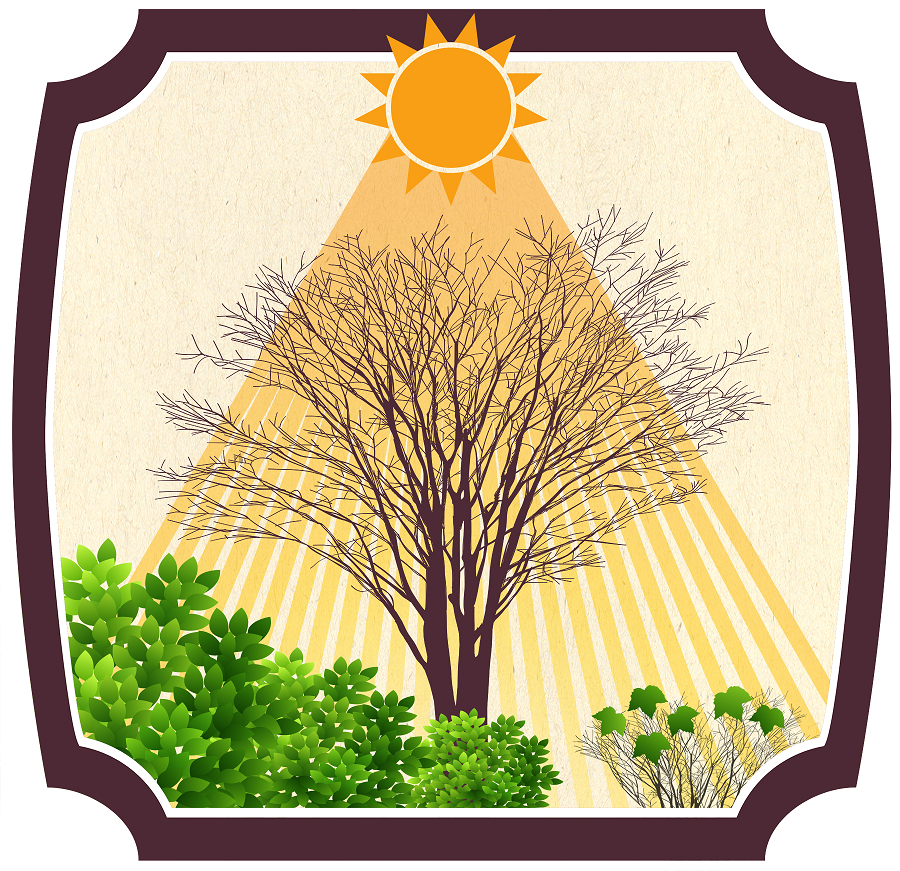
Shady Invaders
Shady Invaders was a project created by researchers at Penn State University to explore the timing of leaves on invasive and native shrubs. The goal of the project was to start to quantify ELP on a regional scale so that we can understand how or if increased shading is actually impacting deciduous forest ecosystems.
Southwest Season Tracker
Southwest Season Trackers was created to engage the Southwest community to bolster efforts of USDA Agriculture Research Service (ARS) scientists to assess and improve performance of models that predict timing of seasonal activity in common shrub and grass species. The observations contributed to Nature’s Notebook were being used to verify predicted dates of start and end of the growing season based on an ongoing six-year study of plant phenology on the Jornada Experimental Range in southern New Mexico.
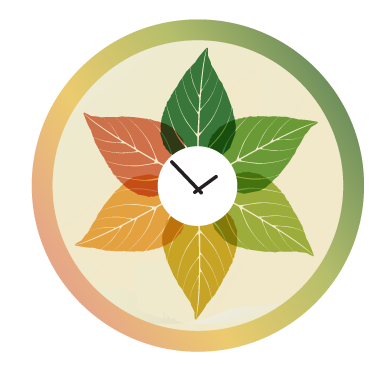
PopClock
PopClock was a partnership between scientists and volunteers to study climate change impacts on poplar trees. With a grant from the National Science Foundation, a research team from the University of Maryland Center for Environmental Science (UMCES) Appalachian Laboratory is examining how forest trees are responding to rapidly changing climatic conditions.
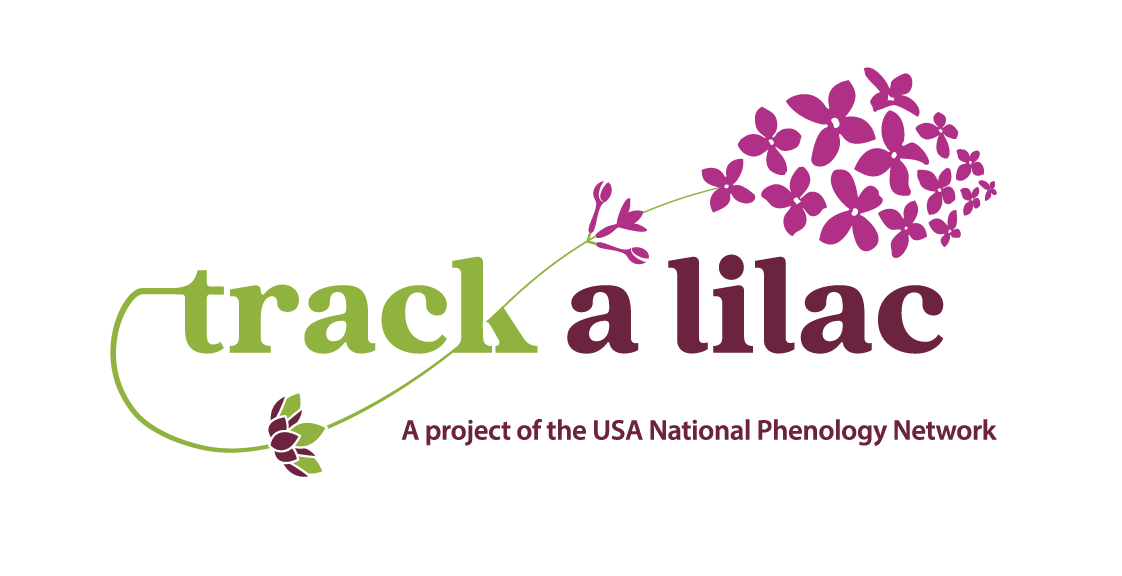
Track a Lilac
Track a Lilac was a USA National Phenology Network citizen science project that was part of PBS Nature's American Spring LIVE series, airing on April 29, 30 and May 1, 2019. American Spring LIVE was a real-time, live-action broadcast, transmedia, and outreach project for family audiences that focuses on seasonality and phenology and casts Spring as a powerful engine of change in the natural world. The creators sought to inspire scientific discovery and a new appreciation of the natural world among viewers.